Howard Hawks’ Scarface (1932): Criterion Blu-ray review

Born as it was in an act of violent rebellion, the United States has always held outlaws in some esteem and viewed violence as an essential, even inevitable part of the nation’s social fabric. One of the country’s most sustained myths is of the rugged individuals who “tamed the West” with their guns; eliding the genocide of the indigenous peoples, the frontier was seen as a locus of conflicts between (mostly white) individuals, and between individuals and the westward spread of “civilization”. Violence became fetishized in displays of gunplay between romanticized outlaws and the encroaching forces of social order. And yet, despite the pervasive presence of this myth in the national consciousness, the period of “the West” lasted barely more than four decades, between the end of the Civil War and the turn of the century.
Antipathy towards a more civil society became less tenable in the early years of the new century – it was no coincidence that Sam Peckinpah set his elegy for the end of that era, The Wild Bunch (1969), in 1913. But then came Prohibition, which lasted from 1920 to 1933, and the myth of the outlaw was grafted onto a new class of criminal, members of gangs operating in urban centres (with more rural criminals like Bonnie and Clyde and John Dillinger operating in the mid-West like old-time outlaws who had traded their horses for cars). But these urban gangs, operating in a transformed society, offered a more conflicted myth to the people among whom they plied their illegal trade. The West, at a temporal and geographical distance, made idealization easier; but mobs racing through modern city streets with machine guns and bombs, brazenly committing murder in public, seemed more like an immediate threat than a heroic symbol of individual freedom.
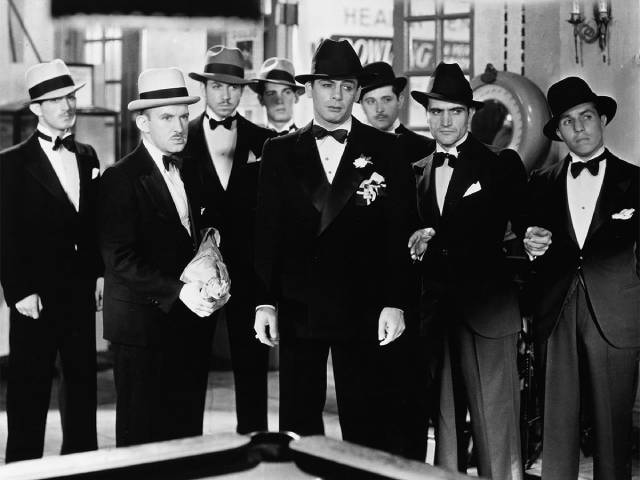
Yet the appeal of the outlaw, the figure not constrained by rules and laws, remained strong and the western gradually gave way to the gangster film as an embodiment of the primal national myth. But it was a more problematic fit in a contemporary setting and the pop culture response became inevitably conflicted. Although the appearance of the movies coincided with the arrival of the new century, cinema was nonetheless rooted in 19th Century literary and theatrical soil, bearing the marks of Victorian morality in conflict with modernity. Adhering to Hollywood practice, melodrama – and the gangster film is a subset of that form – revelled in transgression as long as in the final moments the transgressor was duly – and harshly – punished. Chaos and illicit thrills could be vicariously enjoyed only if order was restored in the end. This pattern was reinforced with enactment of the Production Code in the early ’30s, imposing a discipline on the business which lasted until the ’60s when social change rendered it obsolete.
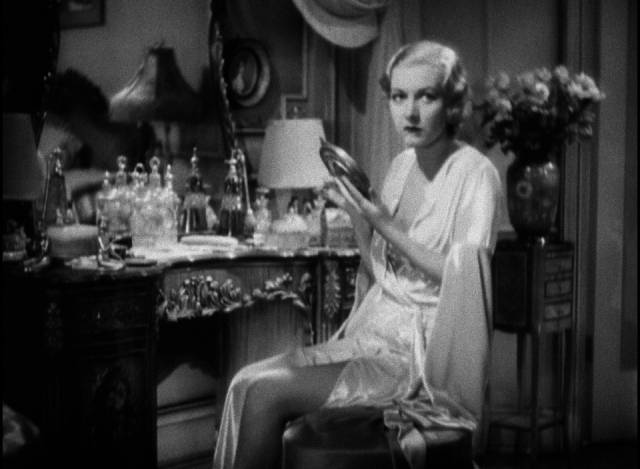
What changed with the Code was the degree to which transgressions could be depicted, which is why even today pre-Code movies can seem more daring than those produced in the ensuing three decades. Sexuality was more open and violence less fettered by moral constraints. Audiences were able to vicariously escape the limitations imposed on them by the rules which held society together, experiencing second-hand a feeling of liberation untenable in reality. And the urban gangster added an immediacy not possible in the western, displaced as that genre was into a mythical past; the gangster movie took place in the world inhabited by the audience.
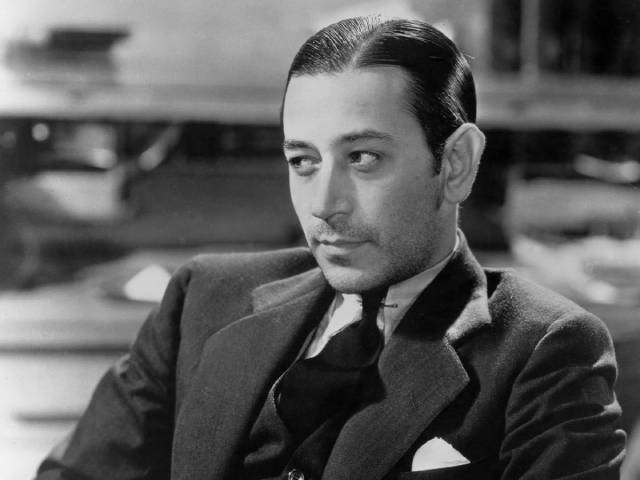
While gangsters had appeared in silent films in the ’20s, the genre came into its own with the arrival of sound, which privileged tough-guy dialogue and the explosive sound of gunfire. The genre flourished in the few years between the end of the silent era and the imposition of the Production Code, though it remained popular even in its more constrained form in movies like Raoul Walsh’s The Roaring Twenties (1939), already a period film only six years after the end of Prohibition, and Walsh’s White Heat (1949), a different, more modern approach to the genre, a heist movie centred on a psychological study of its psychotic protagonist – Cody Jarrett (James Cagney) is a far cry from the cocky and appealing Tom Powers of William A. Wellman’s The Public Enemy (1931).
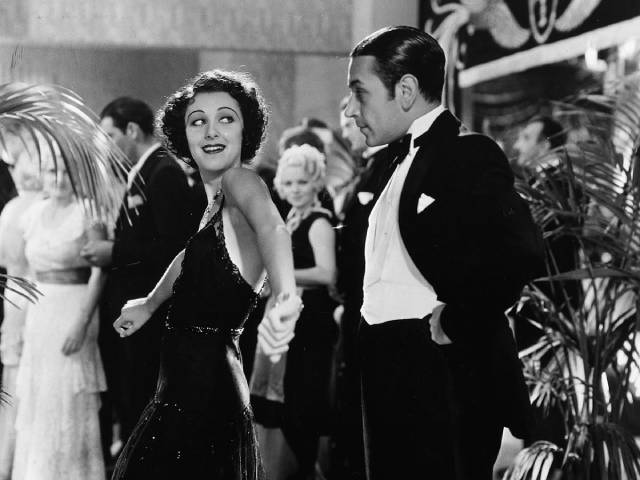
The popular image of the Prohibition-era gangster was indelibly established by three key films: Wellman’s The Public Enemy and Mervyn LeRoy’s Little Caesar (also 1931), and Howard Hawks’ Scarface: The Shame of a Nation (1932). The first two established their lead actors as stars, though the larger-than-life performances of James Cagney and Edward G. Robinson soon became subject to caricature. Paul Muni, as Tony Camonte, however, is something darker. Muni was a major theatre actor who had only two movies behind him when he was cast as a Chicago gangster whose nickname inevitably identified him in the audience’s mind as a stand-in for Al Capone (Hollywood’s rules at the time forbade the use of real names for fictionalized characters). Although Scarface established Muni as a star, the role draws on something not often seen in his subsequent work, which largely consisted of social issues movies (I Am a Fugitive from a Chain Gang [1932], Black Fury [1935]) and prestige biopics (The Story of Louis Pasteur [1936], The Life of Emile Zola [1937], Juarez [1939]).
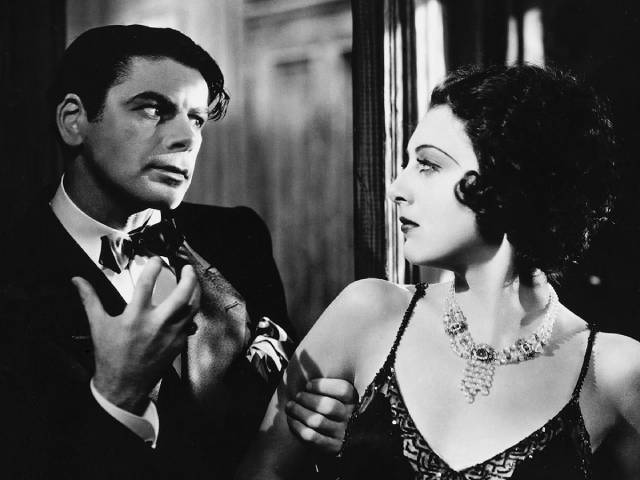
Like Tom Powers, Tony Camonte is an embodiment of unfettered id. He goes through life without restraints, taking what he wants when he wants it. He’s like a child with access to deadly weapons. When we first meet him, he’s the right-hand man of Lovo (Osgood Perkins), a gangster quite satisfied with his minor position in the underworld landscape, a boss who doesn’t want his men to stir up trouble. Yet Tony is itching for a fight with rival gangs, always wanting to expand his power, regardless of potential consequences. Visiting Lovo’s apartment, he catches sight of his boss’s girlfriend Poppy (Karen Morley) and makes no attempt to conceal his attraction – and before long, she’s drawn to his brash personality which contrasts starkly with Lovo’s timidity.
Tony, against Lovo’s explicit orders, kills rivals and pushes his boss up the ladder of power, triggering escalating conflicts among the gangs vying for control of the beer trade in the city. He revels in the chaos, never more thrilled than when another gang shoots up the restaurant where he’s having lunch with Poppy and manages to get a Tommy gun from a dead man. Power is his aphrodisiac and the more he gains, the more attractive he is to Poppy. It’s inevitable that at some point he’ll kill Lovo and take over, building himself a fortress apartment in which he feels untouchable.

His progress echoes the core narrative of many gangster movies, but there’s another thread which adds less typical shadings. Tony’s mother despairs of the path he’s chosen and tries to rein in her daughter’s behaviour, which is influenced by her brother’s wildness. But Tony himself is even more driven to control Cesca (Ann Dvorak). At first this seems like a kind of Puritan streak which views Cesca as family property, but it gradually reveals itself to be repressed incestuous feelings – Tony wants to keep his sister away from other men because he desires her for himself and it’s this desire which ultimately undoes him, rather than his increasingly brazen provocations of rival gangsters and the law. Blinded by anger when he discovers that Cesca is shacked up with his own right-hand man Rinaldo (George Raft), Tony brings his whole world crashing down and the climax finds him trapped in his own fortress, surrounded by heavily armed police. Here, too late, he and Cesca finally acknowledge their mutual illicit feelings.
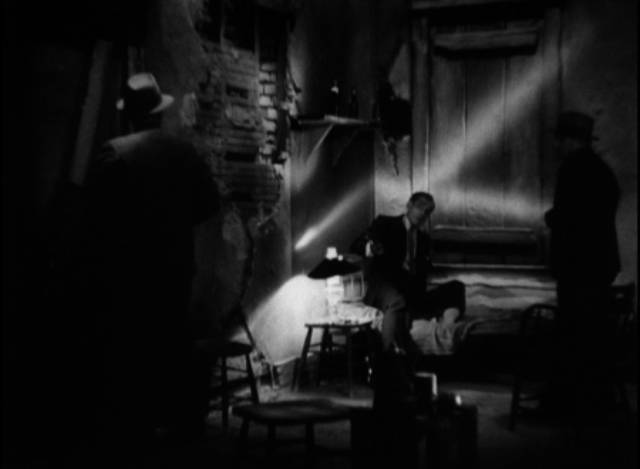
This wasn’t the only problematic aspect of the film, whose release was delayed due to censorship issues. After completion, a new ending was imposed, a change which seems puzzling in retrospect. The original ending, which is restored on Criterion’s new Blu-ray, has Tony reverting to a childlike state of cowardice, stripped of his bravado and whining as he faces the loss of all his power. With the police closing in for an arrest, he breaks and runs like a little boy trying to avoid a punitive parent – right into a hail of gunfire. Although this gives him an ignominious end, it nonetheless also gives him a degree of power over his own fate, so a new ending was shot without the participation of either Hawks or Muni. Directed by Richard Rosson, it cuts away before Tony runs, gives us a stern judge pronouncing sentence, and ends with the gangster (whose face is concealed by a high angle) climbing the steps to the gallows; the final fade out leaves no doubt that society is in control, meting out the punishment Tony deserves.
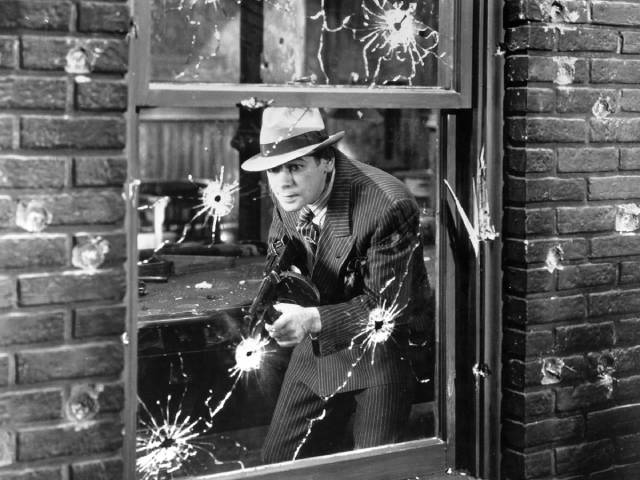
Scarface is a stylistic advance over Hawks’ previous film, The Criminal Code (1930), which as good as it is seems somewhat stage-bound and visually static. Scarface has a great deal of energy, with Lee Garmes’ camera constantly on the move, and lit expressively – throughout, we see shadows in the background which reiterate the cross-like scar on Tony’s cheek, his entire world marked by this signifier of violence. The opening shot declares Hawks’ new-found confidence, a tracking shot which begins with the exterior of a restaurant as a janitor closes up, moving inside as the owner and his cronies wrap up a long night, following the owner to the phone and moving away as he makes his call to reveal someone slipping in through the back door; this figure is barely seen as the camera picks up his shadow and tracks back into the restaurant and a shot is fired. The janitor who was cleaning up hurries to the phone to find his boss dead on the floor, takes off his tunic, grabs his jacket and hurries out the front door. All of this in a single continuous shot.
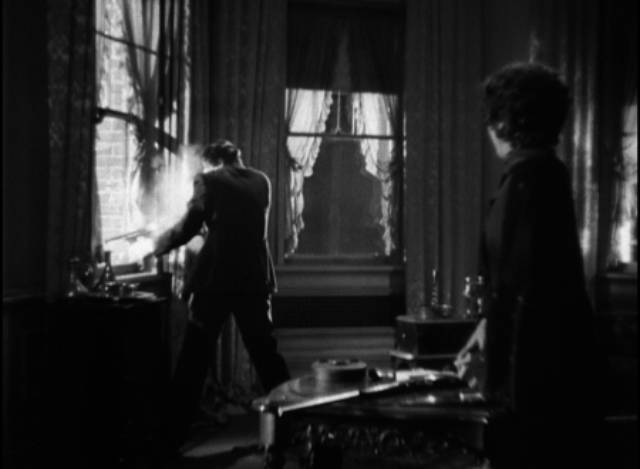
Hawks maintains this energy throughout, using the camera’s potential not only to record action but also to imbue it with emotional force and thematic weight. He also has the confidence to digress at times and add notes of humour, most involving Tony’s comic sidekick Angelo (Vince Barnett) and his inability to take messages over the phone – a running gag which reaches its climax during the attack on the restaurant during which Angelo has trouble hearing what he’s being told over the sound of machine gun fire.
With a script co-written by Ben Hecht, Scarface has an authenticity which makes it perhaps the greatest of the early ’30s gangster movies. In its pace and handling of dialogue, its attention to the characters’ psychology and the potential for humour in unexpected places, it also points towards the run of Hawks’ great comedies which began just a couple of years later with Twentieth Century (1934). Also characteristic of his later work is the presence of two strong female characters, who can hold their own against Tony’s dominant presence. Scarface is in many ways the quintessential ’30s gangster movie, its influence apparent in much later movies – not just Brian De Palma’s Scarface (1983), but also the work of Martin Scorsese in which Tony Camonte’s explosive energy permeates characters in Goodfellas (1990) and Casino (1995).
*
The disk
Criterion’s new edition (available in both dual-format and stand-alone Blu-ray) uses a new 4K scan from a duplicate negative. The image has deep blacks which serve Garmes’ chiaroscuro lighting very well. The soundtrack shows its age more than the picture, with weaknesses inherent to the original recording, though for the most part it’s quite serviceable.
The supplements
There are only three extras on the disk (no commentary unfortunately): in addition to the alternate ending (13:06) featuring the trial and execution, there’s a fairly loose conversation between mystery author Megan Abbott and actor Bill Hader (37:47) in which they share their enthusiasm for the film, and an interview with film scholar Lea Jacobs (17:18) who focuses on Hawks’ use of sound and, particularly, the way in which he paces the dialogue to convey psychological shifts in character relationships.
The booklet essay is by Imogen Sara Smith.
Comments